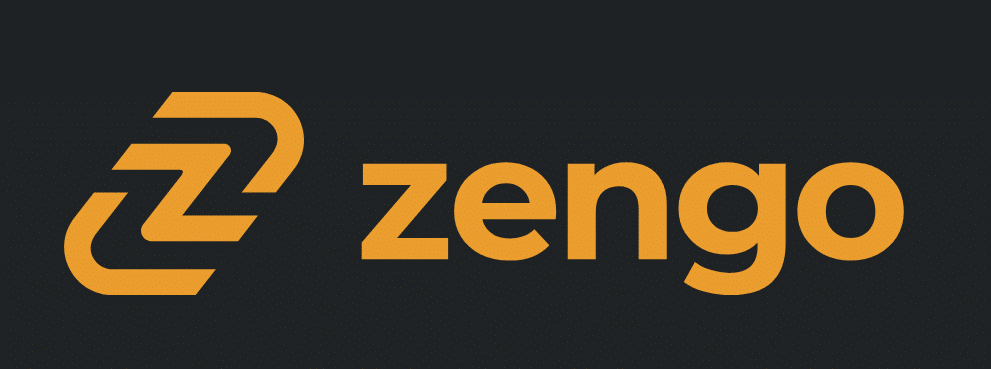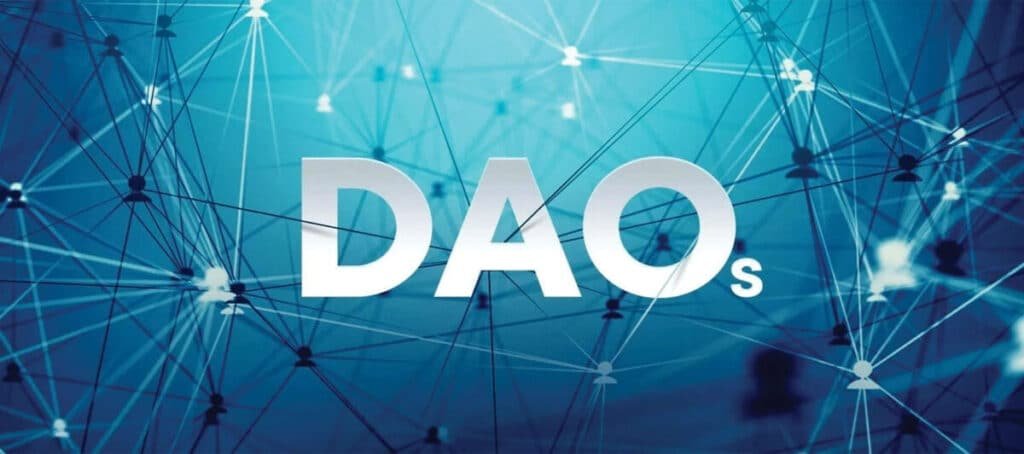Bitcoin’s unique monetary properties made it a premier alternative to traditional currencies, evolving from a cypherpunk experiment to a store of value worth trillions. Bitcoin Runes takes the concept one step further by allowing fungible tokens to be created, minted, and transferred natively on Bitcoin’s Layer 1.
Introduction to Bitcoin Runes: A Revolution in Crypto Tokens
Runes represent a transformative approach to inscribing fungible tokens on Bitcoin. This novel method leverages Bitcoin’s inherent UTXO (Unspent Transaction Output) model. In this system, each UTXO is not just a vessel for a specific balance of Bitcoin but also becomes capable of holding a balance of a new token, aptly named $RUNE. This integration signifies a seamless blend of traditional Bitcoin transactions with the innovative functionality of token distribution.
The Architect Behind Runes: Casey Rodarmor and the Ordinals Concept
The brainchild behind this pioneering concept is none other than @rodarmor, who is recognized as the creator of ordinals. In 2023, Bitcoin’s narrative expanded with the introduction of the Ordinals Protocol. Casey Rodarmor’s concept of Ordinals enabled Bitcoin holders to inscribe unique data onto specific satoshis, the smallest unit of Bitcoin. A year later, Casey released the Bitcoin Runes Protocol on April 20th (the Bitcoin halving) as a new fungible token standard working natively with Bitcoin.

Why Runes Are More Than Just Another Token
While the idea of fungible tokens on Bitcoin isn’t a new concept – with $ORDI achieving unicorn status as the first BRC-20 fungible token on Bitcoin – Runes stand apart in their simplicity and compatibility with Bitcoin’s UTXO model. This compatibility is not just a technical achievement but also resonates well with the Bitcoin community, garnering significant support and enthusiasm. The elegance of Runes lies in their ability to streamline the process of issuing tokens on Bitcoin, making it more accessible and efficient. In addition, unlike BRC-20 tokens, Runes requires no off-chain indexer and works entirely on Bitcoin’s layer 1.
How to Get Involved with Bitcoin Runes Launch at Halving
The buzz around Runes is real, and everyone who has played around with the fungible tokens on Bitcoin remains hooked. Want to get started with Bitcoin Runes? Here’s how to get involved and buy your first Rune:
- Choose a Compatible Bitcoin Wallet: You’ll need a wallet that supports Runes. Top recommendations include Xverse and Unisat, both of which are reliable and easy to use.
- Fund Your Wallet with Bitcoin: Since Runes operates on the Bitcoin network, you’ll need some BTC to cover transaction fees for sending and interacting with Runes tokens. Don’t have Bitcoin, read our guide to buying Bitcoin on eToro here.
- Stay Informed About Promising Runes Projects: As the Runes ecosystem develops, keep an eye out for promising projects. In the next section, we highlight some key projects to watch.

Staying Informed: Key Voices in the Runes Community
To stay updated and deepen your understanding of Runes, it’s recommended to follow key influencers and contributors in the space, such as @LeonidasNFT, @FarmerJoe0x, @Goodthings, @bitoordileone, and @bweys_nft. These individuals and entities are at the forefront of the Runes movement, offering insights, updates, and valuable information for both enthusiasts and newcomers.
Dear @binance,
— Leonidas (@LeonidasNFT) July 29, 2024
The $DOG army is ready to go to the moon
Are you ready to join us? pic.twitter.com/vODWyHw0sa
In conclusion, the emergence of Bitcoin Runes marks a significant milestone in the evolution of the cryptocurrency world. By blending the robustness of Bitcoin’s UTXO model with the dynamic realm of fungible tokens, Runes are setting the stage for a new era of digital assets. As the crypto community eagerly anticipates the official launch of the Runes protocol, it’s clear that this innovation will not only enrich the Bitcoin ecosystem but also redefine the boundaries of what’s possible in the world of digital currencies.




